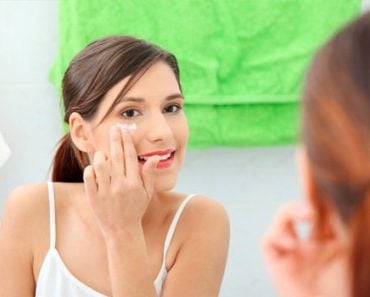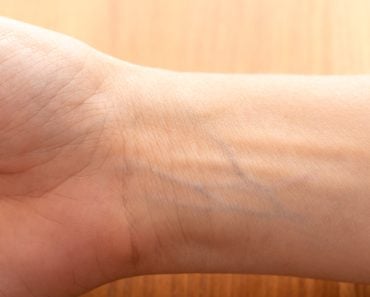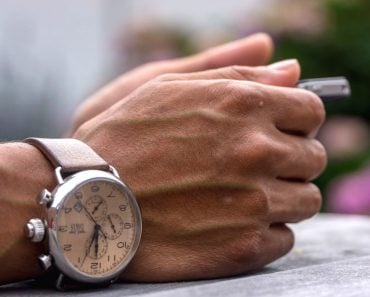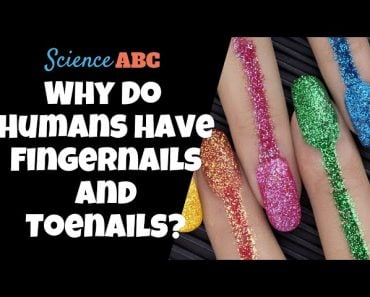Table of Contents (click to expand)
Lips are different from other skin areas for a variety of reasons. For one, the skin on lips is much thinner than on other parts of the body. This makes them more sensitive, and also allows the bright color of blood to show through. Additionally, lips don’t have hair follicles or sebaceous glands, which makes them more vulnerable to chapping. Finally, lips have more nerve endings than other parts of the body, which makes them more sensitive to touch.
Lips are one of the most striking facial features that we humans possess. They are also incredibly helpful in our lives. What would we do without them? You stretch them to smile when you want to show your inner glee. You smack them to display your immense satisfaction after a great meal. You pucker them to bring out your petulant side. You bite them to show reluctance. Perhaps most importantly, lips give you the ability to display your affection for anyone and anything!

But why are lips so different from all the other skin areas? Why are they red? Why are they so soft? Why are they so flexible and useful for kissing? Let’s try to briefly answer each of these questions.
Recommended Video for you:
Why Are They Red?
The skin on our lips looks clearly different from the rest of our body. That is because it is much thinner in comparison. Skin usually has three separate layers – the stratum corneum, the epidermis and the dermis. The protective stratum corneum is the outer layer that we can see, the epidermis is the layer of skin underneath it, and the dermis is the lowermost layer. The cells of the stratum corneum are basically dead, and they protect the body from the harsh outer environment. The epidermis is mostly responsible for producing new cells. Melanocytes, the cells that produce melanin are also found in the epidermis. Melanin, as you might know, is the pigment that gives us our particular skin color once it is exposed to the sun.
Lips, however, are devoid of melanocytes, so there is no melanin to mask the red color of the blood vessels that crowd the dermis. The dermis is especially visible when it comes to lips because the stratum corneum here is extremely thin. Similarly, the epidermis doesn’t feature much in the anatomy of lips. Thus, the bright color of blood gets directly transposed into the soft pinkish-red color of lips.
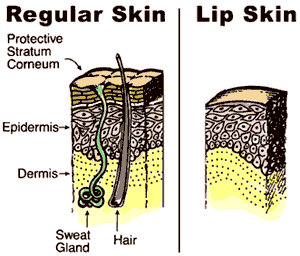
Why Are They So Soft?
The stratum corneum, by virtue of its protective nature, is harder than the other layers of skin. Lips, however, have a very thin stratum corneum. Therefore, they are obviously softer than the other skin areas.

In addition to this, the skin on your lips doesn’t have hair follicles. Hair follicles cover every external part of your body, excluding the palms of your hands and the soles of your feet. They also play a role in preserving the body’s integrity and add to the skin’s characteristic hardness. That being said, the skin on your lips doesn’t have this luxury, and is invariably softer and more vulnerable.
Another factor that adds to the vulnerability of lips is the lack of sebaceous glands. These are the glands responsible for providing moisture to the skin, but lips are left on their own, with their only source of moisture being saliva. This is why lips are much more likely to be chapped if not moisturized adequately.

Lips (as well as the tips of your fingers) have more nerve endings than any other part of your body. Coupled with the aforementioned thinness of the skin, your lips become extremely useful for kissing!
As you can see, lips have evolved differently for us humans. The thing is, no one really knows why! The outline that divides the reddish-pinkness of the lips from the rest of the skin is called the vermilion border. But why is it found only in humans and not other animals? That is a mystery yet to be solved!


